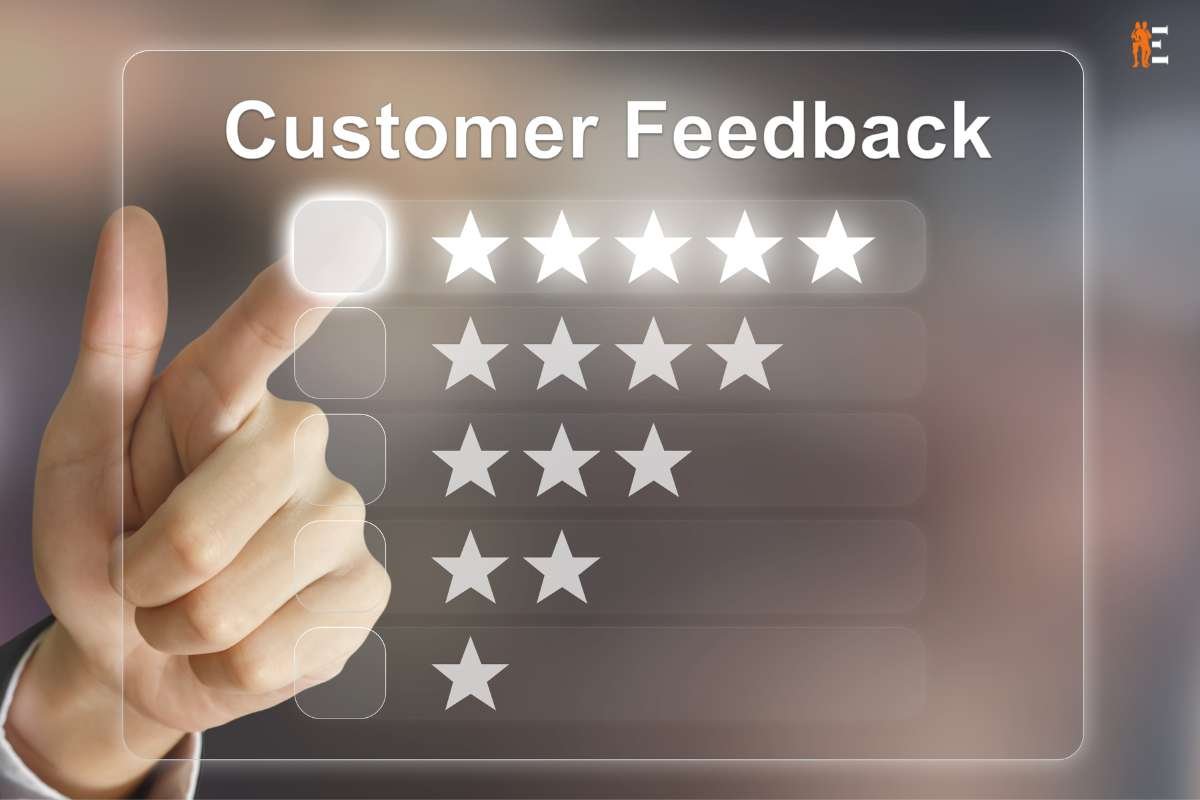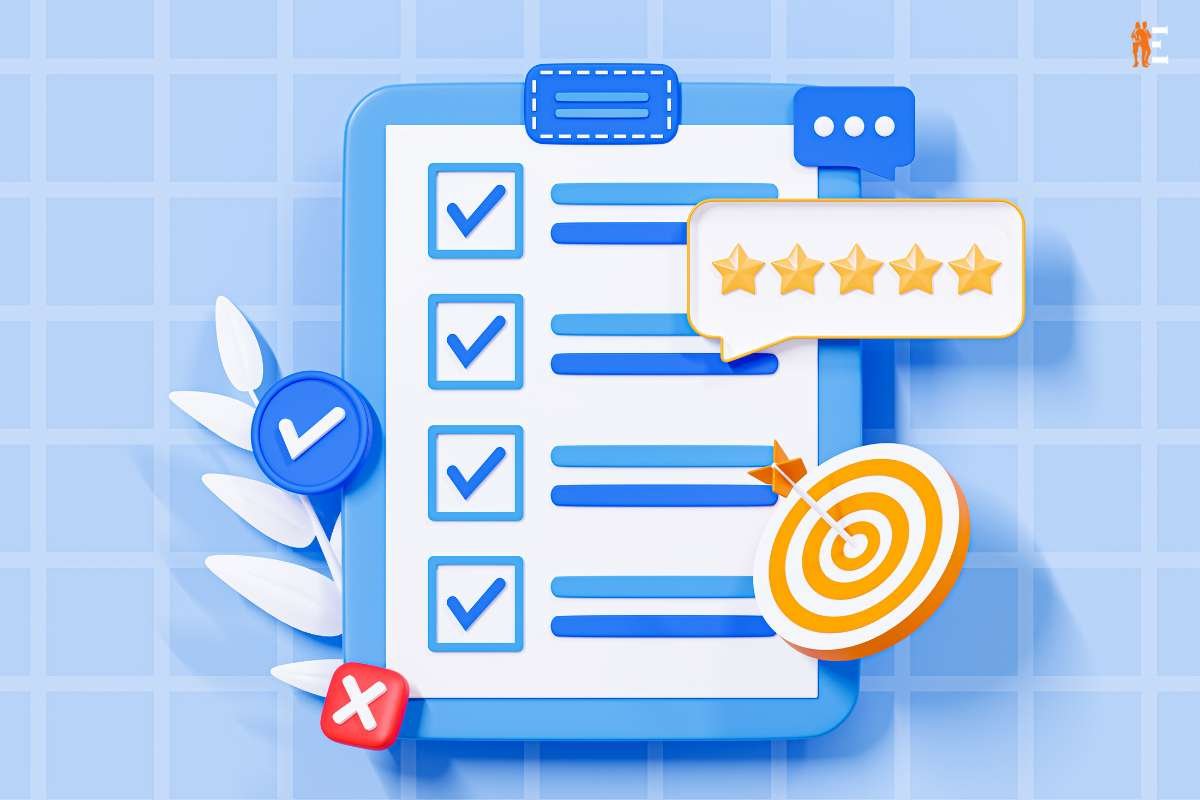Getting Effective Customer feedback is a precious asset for any business, akin to a compass guiding it through the ever-changing landscape of the market. Much like how a compass points you in the right direction, client’s feedback illuminates the path towards business growth and success. It offers a direct window into the minds of your clientele, revealing their thoughts, opinions, and experiences with your products or services.
However, it’s important to acknowledge that not all feedback is created equal. While feedback is essential, getting effective and actionable insights from it can be a challenge. In this article, you will get to know the intricate art of gathering feedback from customers that doesn’t just fill a suggestion box but truly benefits your business.
Think of feedback as a multifaceted gem; it can be raw and unpolished, requiring careful examination and refinement to reveal its true value. When collected and analyzed effectively, customer feedback becomes a powerful tool that can shape your business strategy, refine your offerings, and enhance customer satisfaction.
So, join us on this journey as we explore strategies and methods to not only collect feedback but to extract the most valuable insights from it. By the end of this article, you’ll be equipped with the knowledge and tools to harness the potential of effective customer feedback and steer your business toward greater success.
What is customer feedback?
Customer feedback is the information, comments, and opinions provided by your customers about their experiences with your business. It can encompass a wide range of topics, including product quality, customer service, website usability, and overall satisfaction. Effective customer feedback is specific, actionable, and helps you understand your customers‘ needs and preferences.

Why is customer feedback important?
Customer feedback serves several crucial purposes for your business:
- Improvement: Feedback highlights areas where your business can improve. It’s a roadmap for making changes that enhance customer satisfaction.
- Customer Retention: Addressing customer concerns and needs can help retain existing customers and build brand loyalty.
- Innovation: Feedback can inspire new ideas and innovations. It can reveal unmet customer needs or potential product enhancements.
- Competitive Advantage: Understanding what sets you apart from competitors can help you refine your unique selling propositions and marketing strategies.
Now, let’s understand ways to gather effective customer feedback:
Here are 7 Strategies for Unlocking the Power of Effective Customer Feedback:
1. Surveys and Questionnaires
Surveys and questionnaires are structured tools to collect feedback. Here’s how to use them effectively:
- Keep it Short and Simple: Long surveys can deter participation. Keep your questions concise and focused on key areas of interest.
- Multiple-choice questions: Provide predefined options for respondents to choose from. This makes it easier for them to answer.
- Open-Ended Questions: Include open-ended questions that allow customers to provide detailed comments. This can uncover valuable insights.
- Timing: Send surveys at the right time. For example, after a purchase or customer support interaction.
2. Online Reviews and Ratings
Online reviews and ratings on platforms like Google, Yelp, or social media can be a goldmine of effective customer feedback:
- Monitor Online Platforms: Regularly check for new reviews and respond promptly, whether they are positive or negative.
- Encourage Reviews: Ask satisfied customers to leave reviews. Make it easy for them by providing links or instructions.
- Learn from Negative Feedback: Negative reviews can provide critical insights. Use them as opportunities to improve and engage with dissatisfied customers.

3. Social Media Listening
Social media platforms are a treasure trove of effective customer feedback:
- Set Up Alerts: Use social listening tools to monitor mentions of your brand, products, or services. Set up alerts to be notified instantly.
- Engage: Respond to customer comments and questions on social media. Show that you’re actively listening and addressing concerns.
- Identify Trends: Look for recurring themes or issues in social media discussions. These can guide your business strategy.
4. Customer Support Interactions
Customer support interactions offer real-time feedback:
- Record Conversations: Keep records of customer interactions, whether through phone calls, emails, or live chat.
- Analyse Common Issues: Identify recurring customer complaints or questions. These indicate areas for improvement.
- Agent Feedback: Encourage customer support agents to provide insights based on their interactions with customers. They may spot trends or suggest improvements.
5. Website and App Analytics
Your website and app analytics can reveal user behavior and preferences:
- Analyze User Data: Track metrics like bounce rate, page views, and time spent on different website sections. Identify areas where users drop off or encounter issues.
- Heatmaps: Use heatmaps to visualise where users click, move their mouse, or spend the most time. This can highlight user preferences and pain points.
6. Email Feedback Requests
Email is an effective way to solicit feedback:
- Personalize emails: Address customers by name and thank them for their past interactions.
- Clear Call-to-Action: Include a clear and prominent call-to-action (CTA) for providing feedback.
- Follow-Up: Send follow-up emails to remind customers to leave feedback if they haven’t already.
7. Customer Advisory Boards

Customer advisory boards are groups of selected customers who provide ongoing feedback and insights:
- Recruit Diverse Members: Choose customers from various backgrounds and demographics to gain a holistic perspective.
- Regular Meetings: Schedule regular meetings or discussions to gather feedback on specific topics or challenges.
- Act on Feedback: Demonstrate that you value their input by implementing changes based on their suggestions.
Conclusion:
In a nutshell, It serves as a guiding light, illuminating the path to better customer relationships, enhanced products or services, and a more competitive edge in an ever-evolving marketplace.
Through a strategic blend of tools and methods such as surveys, online reviews, social media listening, customer support interactions, website analytics, email requests, and the wisdom of customer advisory boards, you have at your disposal a potent arsenal for gathering insights that are not only specific but also actionable.
However, it’s important to remember that the journey doesn’t end with data collection. The true essence lies in the application of this feedback to drive positive change. By taking the information garnered from your customers and translating it into meaningful improvements, you not only meet their expectations but also exceed them.
In this way, you create a cycle of continuous enhancement, ensuring that the customer experience remains at the heart of your business’s evolution. So, harness the power of effective customer feedback, for it is the compass that steers your ship towards success in the ever-shifting seas of commerce.











